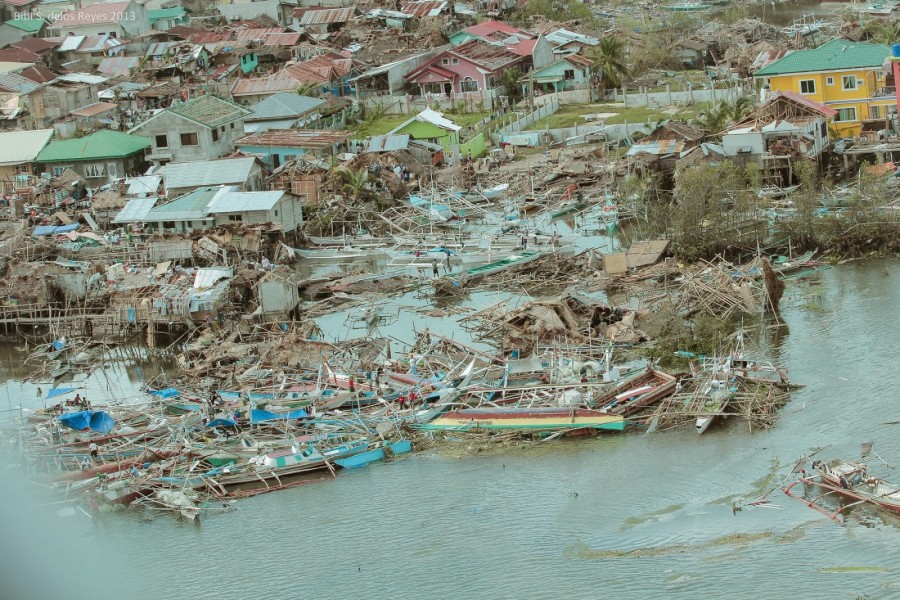When Typhoon Yolanda struck the Philippines on November 7th, packing sustained winds of 196 miles per hour, it caused unimaginable devastation as it cut its way across vast swathes of the Philippine archipelago. Thriving communities such as Tacloban City were laid waste, killing thousands and driving millions out of their shattered homes. It has been a disaster of truly incomprehensible proportions, inviting global sympathy and massive relief efforts.

That response has been remarkable, with donations from Filipino communities abroad, national governments and individual citizens from other countries. Aircraft carriers have been dispatched, and both Filipino and foreign disaster relief organizations are cooperating on the ground to try to bring some order to the chaos and misery. Given the scale of the disaster, it’s not surprising that there have been criticisms at points of the relief efforts, but there is no doubting the commitment of the many organizations, military personnel and individual relief workers involved.
However, at some point, focus will shift away from the Philippines to the next disaster, and while relief efforts will continue, the Philippines will be left with the massive task of rebuilding devastated communities and lives. To do this, it will need every last ounce of its commitment and financial resources – resources that are already stretched thin and unable to sustain further losses.
One important component of those financial resources is the tourism industry in the Philippines. Tourism is a multibillion dollar industry in the county, drawing visitors from around the world to see places such as the Chocolate Hills of Bohol, the island of Borocay, and the many attractions of Manila. If this source of revenue were to dry up, it would devastate the economy even further. In fact, the Philippine Department of Tourism has issued a plea for tourists to continue to visit the country, pointing out that international and national transportation links are still working and many of the top tourist attractions are undamaged and accessible.

The Philippines needs your support, and appreciates what the international community has done to date. You can donate to local relief organizations in your own country, or send money to the Philippines directly using Transfast, which is waiving all transfer fees. In addition to cash donations, contributions of food, clothing, blankets, tents, medicine and other basic amenities of life make a real difference. No contribution is too small, and every peso will be appreciated. Just a 150P donation will feed a family for a day – that’s a little less than $4 in United States currency.
If you have travel booked to the Philippines, or were considering traveling here in the near future, then don’t change those plans. You will be guaranteed a warm welcome and a truly memorable experience. If you weren’t considering coming to the Philippines, then why not take a look of what the Philippines has to offer? Not only will you see some of the most beautiful places on the planet, you will be making a direct contribution to the recovery effort.
